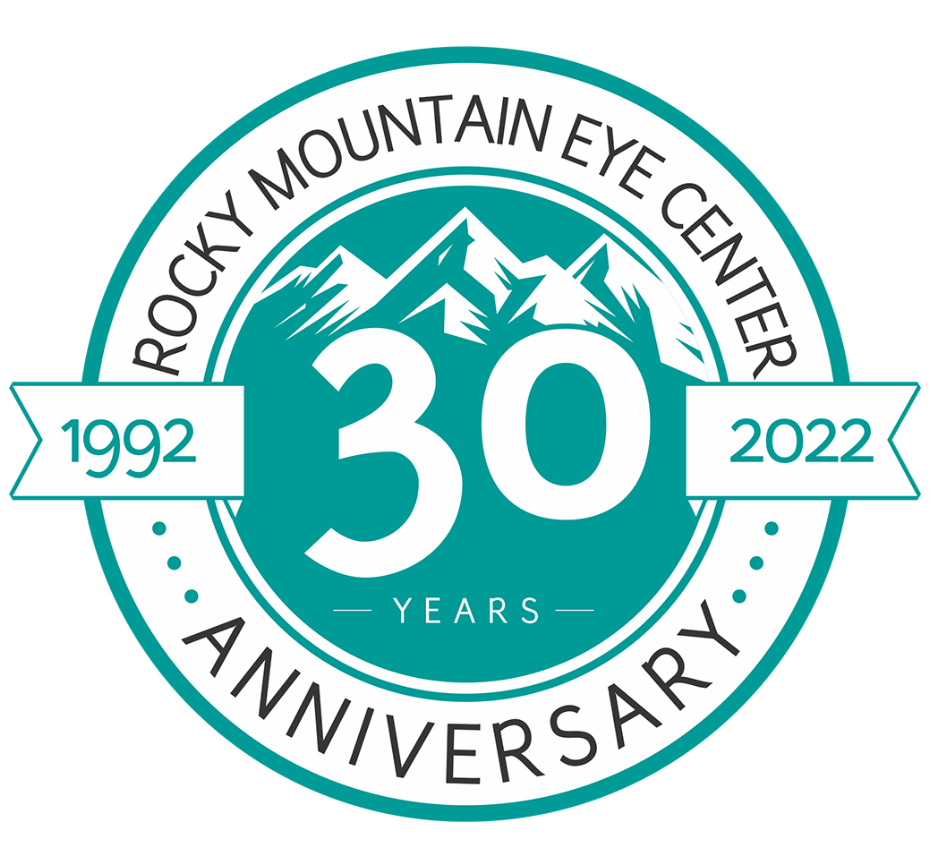
Does Getting Cataract Surgery Mean Clearer Vision?
Posted by: Rocky Mountain Eye Center in Eye Care on January 17, 2023

If you are experiencing changes in the quality of your vision, like decreased night vision or the inability to read in low light, you may be developing cataracts. Unfortunately, these vision problems will only get worse as your cataracts develop, and you may begin to wonder if you will ever have clear vision again.
Keep reading to learn if getting cataract surgery means clearer vision!
What Are Cataracts?
Cataracts are one of the most common eye conditions and the leading cause of vision loss in the United States. It is estimated that over twenty-four million Americans over the age of forty are affected by cataracts.

By the age of seventy-five, more than half of all Americans have cataracts that are severe enough to profoundly impact the quality of their vision. Cataracts are caused by the clouding of the typically clear and transparent natural lens inside the eye.
As you age, the proteins and fibers within the eye break down and clump together, resulting in the clouding of the lens. Many people with cataracts say that seeing through the clouded lens is like looking through a frost-covered or dirty window.
Cataracts typically develop gradually in both eyes. However, a cataract can develop in one eye faster.
When first diagnosed, you may not need cataract surgery. Since cataracts develop so gradually, symptoms may not interfere with your life tremendously in the early stages.
However, eventually, the symptoms of cataracts will begin to significantly impact your day-to-day life, which is when your eye doctor will recommend cataract surgery.
What Are the Symptoms of Cataracts?

The most common symptom of cataracts is blurry vision. However, cataracts can cause many other bothersome symptoms and affect more than just your quality of vision.
Besides decreased night vision and the inability to read in low light, other symptoms of cataracts include clouded vision, sensitivity to bright lights and glare, seeing halos around lights, and a change to the color of the pupil, usually to a yellow or milky white color.
Not everyone will experience the exact same cataract symptoms, which can range from mild to severe in each person, depending on several factors. However, if you are noticing any symptoms of cataracts, schedule an appointment with your eye doctor at Rocky Mountain Eye Center for a proper diagnosis.
Are There Certain Risk Factors That Increase the Likelihood of Developing Cataracts Earlier in Life?
In addition to aging, there are other factors that increase the likelihood of a person developing cataracts. Some of these risk factors include excessive exposure to sunlight without the use of protective eyewear, high blood pressure, and smoking or a history of smoking.
A family history of cataracts, excessive use of alcohol, and obesity may also cause you to develop cataracts earlier in life. Cataracts often develop slowly, and you might not notice a change in your vision until you have advanced cataracts.
However, previous eye surgery, trauma to the eye, and other conditions may cause them to develop faster. As with many other eye conditions, early detection during an annual eye exam leads to the best treatment outcomes.
A comprehensive annual eye exam should include diagnostic tests which can detect the signs of cataracts.
What is Cataract Surgery?
The only effective treatment to permanently correct cataracts is cataract surgery. It is an extremely safe outpatient surgery with short recovery times and highly successful outcomes.

During cataract surgery, your cataract surgeon will remove the eye’s clouded lens and replace it with a clear, artificial intraocular lens, also called an IOL. This new lens can completely restore the clarity of your vision!
The standard replacement lens is a monofocal IOL. This lens restores visual clarity and usually restores vision impairment at one distance.
This means that if you were nearsighted before your cataract surgery, a monofocal IOL can enable you to see clearly at a distance without the need for corrective eyewear. However, with a monofocal IOL in this scenario, you would still need to wear glasses for certain near activities, like reading.
If you are looking for even more advanced vision correction during cataract surgery, premium IOLs are one of the latest advances in cataract surgery. These lenses can not only restore the clarity of your vision; they can potentially give you complete independence from corrective eyewear.
How to Choose an IOL

Depending on your individual needs and vision goals, there are premium lenses that can restore your vision at two and even three distances; or toric lenses that can correct astigmatism. With a premium IOL, your cataract surgery could result in fully restored vision and allow you to reduce your need for expensive glasses or contact lenses.
One thing to consider when choosing a replacement lens is that while monofocal IOLs are usually entirely covered by Medicare, premium IOLs are not covered by Medicare or other insurance plans. When deciding whether a premium IOL is right for you, cost may be one of your deciding factors.
Developing cataracts does not have to compromise the clarity of your vision! Cataract surgery, with either a standard monofocal lens or an advanced premium lens, can have you seeing clearly again in no time!
Have you noticed cataract symptoms like worsening blurry vision? Schedule a cataract evaluation at Rocky Mountain Eye Center in Canon City, CO, today to discuss your cataract treatment options!



